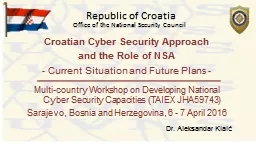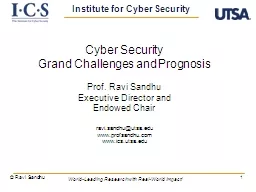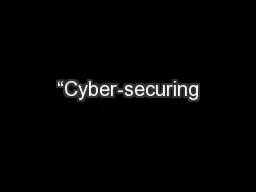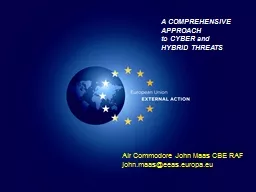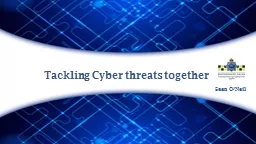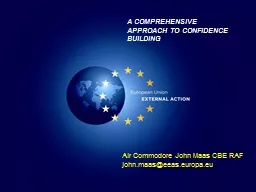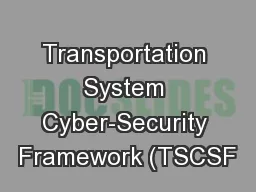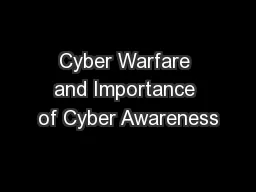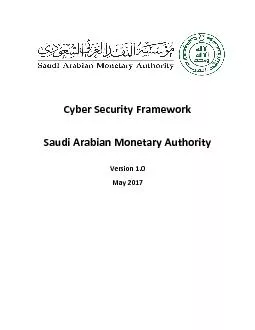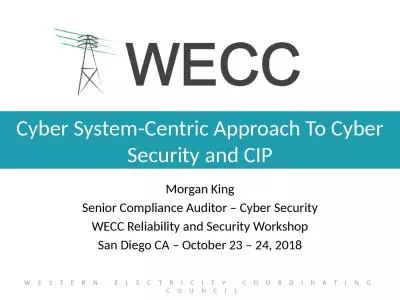PPT-Croatian Cyber Security Approach
Author : kittie-lecroy | Published Date : 2018-10-31
and the Role of NSA Current Situation and Future Plans Multicountry Workshop on Developing National Cyber Security Capacities TAIEX JHA59743 Sarajevo Bosnia
Presentation Embed Code
Download Presentation
Download Presentation The PPT/PDF document "Croatian Cyber Security Approach" is the property of its rightful owner. Permission is granted to download and print the materials on this website for personal, non-commercial use only, and to display it on your personal computer provided you do not modify the materials and that you retain all copyright notices contained in the materials. By downloading content from our website, you accept the terms of this agreement.
Croatian Cyber Security Approach: Transcript
Download Rules Of Document
"Croatian Cyber Security Approach"The content belongs to its owner. You may download and print it for personal use, without modification, and keep all copyright notices. By downloading, you agree to these terms.
Related Documents

